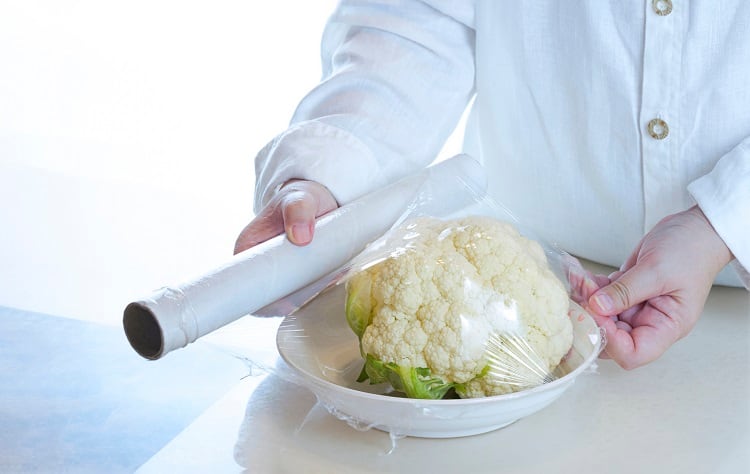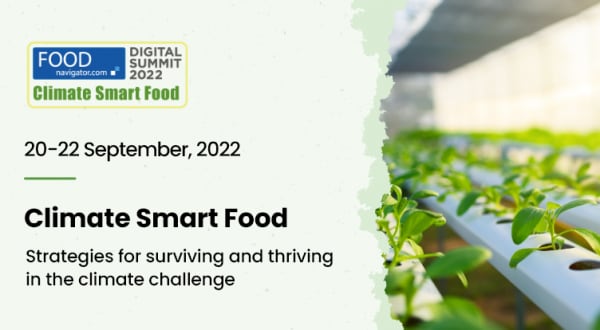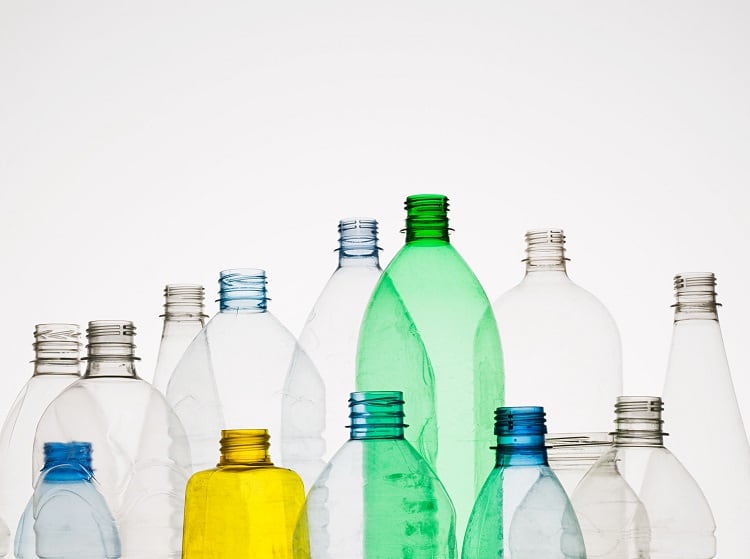The plastic problem is well publicised. A very small percentage of the plastic produced today is successfully recycled (the OECD estimates as little as 9%), with eight million tonnes of plastic thought to enter the oceans every year.
One way to address plastic pollution in the food and beverage industry is to innovate, whether that be by reducing the amount of virgin plastic in packaging or by eliminating plastic from the equation altogether.
At FoodNavigator’s Climate Smart Food event last week, we asked established consumer packaging company Huhtamaki, Australian start-up Great Wrap, and Rabobank’s discovery platform Foodbytes! how businesses are working to innovate their way out of the plastic problem.
Less plastic, more fibre
In Finland, consumer packaging company Huhtamaki is rethinking packaging by reducing at least some of the plastic with fibre.
‘Safe’ and ‘recyclable’ moulded fibre packaging is available for eggs, fruit and other fresh produce, cup carriers and wine bottle separators. At Climate Smart Food, Huhtamaki’s head of FMCG Herwin Wichers explained that some food and beverage makers are opting for completely plastic-free solutions, but not all.
“More often than not, at least currently, you need a combination of materials,” he told delegates at the event. “It’s about plastic reduction, and then making sure the materials that you use – which is a combination of fibre and plastic – is recyclable.
“But at least you reduce the amount of plastics that you put in the supply chain.”
The reason that businesses may opt for a combination of fibre and plastic – whether that be bio-based polymers made from renewable biomass sources or petroleum-based polymers – comes down to functionality.
Huhtamaki takes a ‘material positive’ approach to packaging, the FMCG lead explained. “That means that whatever packaging you develop needs to be fit for purpose. In the end, if the food or beverage is wasted, that is the most unsustainable solution.
“So you need to find a way to use different kinds of materials – and this can be a combination of plastics and fibre materials – to get the product…to the consumer in the most safe way.”
Swapping out plastic for potato peels
What happens when a packaging material cannot be reworked to reduce its plastic content or be recycled?
This is the space that Australia-based Great Wrap finds itself operating in. The start-up is working to replace pallet wrap with a plastic-free alternative made from food waste.
More specifically, Great Wrap is using leftover starch from the processed potato foods industry. The start-up turns that starch into a ‘natural’ biopolymer for industry, and as a sustainable cling film for the hospitality sector and in the home.
Moving beyond palette wrap and cling film, Great Wrap also sees potential for the biopolymer in other settings. “There is a lot of potential for waste-based biopolymers moving forward, to take a big piece of what exists in the market and can’t be replaced,” co-founder and co-CEO Julia Kay told delegates.
For instance, Kay sees potential in applying thermoforming technology to the material to produce berry punnets. There is potential for waste-based biopolymers to work in ‘vast’ applications, she added.
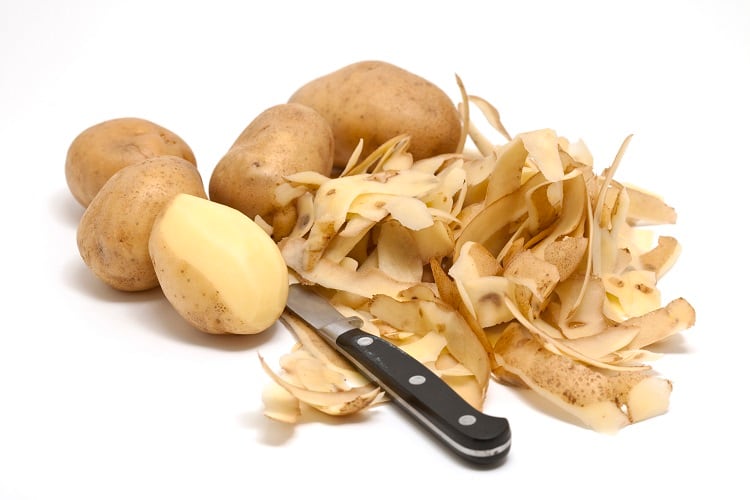
Great Wrap is already working on its future formula. Its current product is home compostable, meaning that it will break down on a compost pile in under 180 days without the need for industrial composting. The next-generation product will also be marine degradable.
“For us, that’s a really important piece…[because] when you can’t solve recycling at scale, things accidentally fall out of that loop and end up in our environment. It’s a really important piece of that puzzle.”
Ensuring material availability
A key consideration for innovators rethinking packaging is availability of alternative plastic materials. For Great Wrap, that means having a robust supply of potato peels.
“That’s how we arrived at using potato waste in the first place,” explained the co-founder. “It was based around seasonality and geographic availability. We found that the potato processed foods industry is one that is continually on an upward trajectory…About 10% of potatoes farmed for foods is going into a waste stream of some sort, so we saw huge potential there.”
In Australia alone, Kay estimates the processed potato products industry – which includes hot chips, crisps, and dehydrated potatoes – produces enough by-products for close to 40% of the country’s palette wrap needs.
The start-up is also investigating other side-streams so as not to be completely dependent on one source of input.
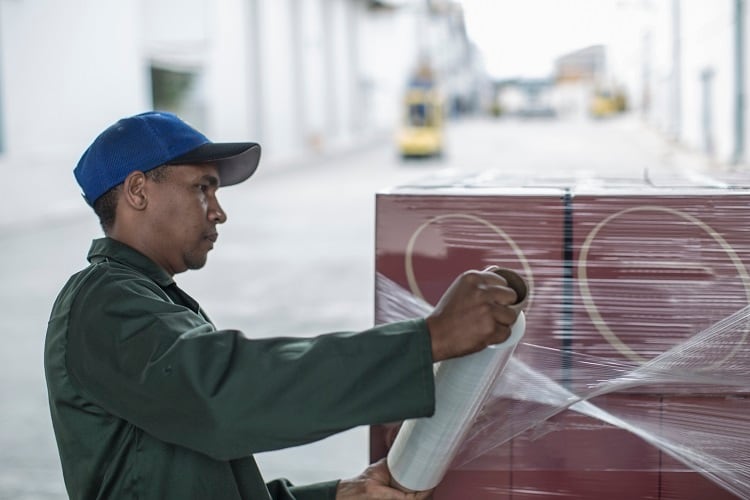
Particularly attractive to Great Wrap’s choice of material is its potential impact on food waste reduction. An estimated one-third of all food produced for human consumption is lost or wasted.
According to Nina Meijers, head of startups at Foodbytes! by Rabobank, this aspect of Great Wrap’s innovation is particularly impressive.
Great Wrap was a winner of last year’s Foodbytes! pitch programme and has received $13m of non-dilutive capital from DLL Group – Rabobank’s asset financing arm.
“It’s a really niche route to market…and a huge part of the waste challenge,” she told delegates at the event. “Something that Great Wrap and some other companies are doing successfully is [creating opportunities] for an early-stage partnership with a potential corporate.
“If a company has a lot of potato waste, but they also have a need for industrial palette wrap, they can decide to work together…The waste stream they’re creating can go into making their own palette wrap and can give them a cost savings there.
“It’s not just altruistic…there is a bottom-line impact there.”
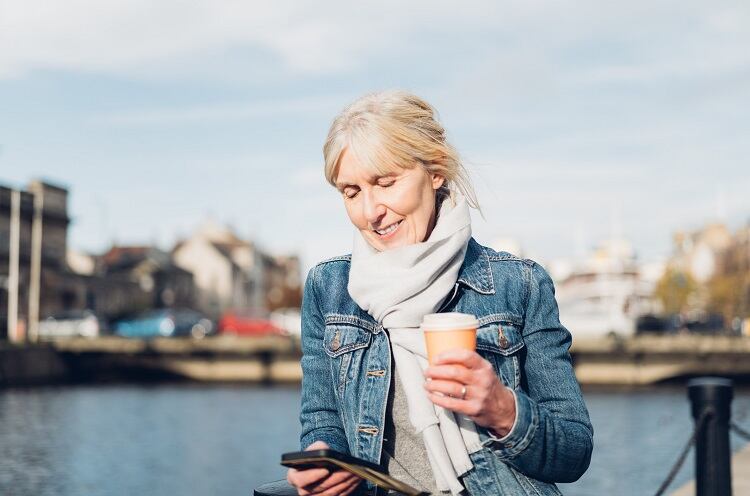
For Huhtamaki, material availability is likely even less of an issue. Thanks to the paper industry, fibre is ‘readily available’, Wichers explained. “The paper-based industry has been around for a long time and it’s highly circular.”
When bio-based polymers or petroleum-based polymers are used alongside the fibre – to enhance barrier properties and shelf-life, for example – then ensuing recyclability is key, he suggested.
“Looking at end-of-life…they key thing is having it be recyclable in an easy way, because legislation is not always the same. Our ambition is that no matter the legislation or where it is being recycled, that it is possible to recycle,” which he added requires separating the fibre from the plastics.
Are businesses and consumers ready?
Foodbytes! by Rabobank’s Meijers has observed growing demand from industry for plastic alternatives. As head of startups, Meijers works with entrepreneurs, corporates and investors, and over the last 18 months has noticed a shift in demand.
A majority of CPG majors has expressed their desire to innovate in sustainable packaging, she recalled. They’re looking at ways to scale these kinds of solutions to meet new consumer demand.
Meijers is convinced the consumer demand is there, suggesting that younger consumers are particularly engaged in combatting plastic pollution.
“83% of Gen Z and Millennials [say they] are ok with spending more for sustainable packaging…so I think we are going to see a proliferation of ‘re-use’ on the consumer side, such as [reusable] coffee cups,” said Meijers. “Education and re-use are also going to be key to reducing plastic across the board.”
Great Wrap’s Kay, too, observes a ‘huge’ shift in consumer sentiment across the globe. “In Australia, we’ve already made moves towards reduction.”
And Huhtamaki’s Wichers expects we’ll see a greater sense of collaboration moving forward. “What is the future for food and drink? I think…all the players in the value chain need to work together to reduce as much as possible. With fibre now in the game, that is a very good alternative to address these problems.”
The panellists were also joined by The Consumer Goods Forum and bottling major Refresco Group at Climate Smart Food. You can read how FMCGs and Refresco are addressing the plastic problem HERE.


